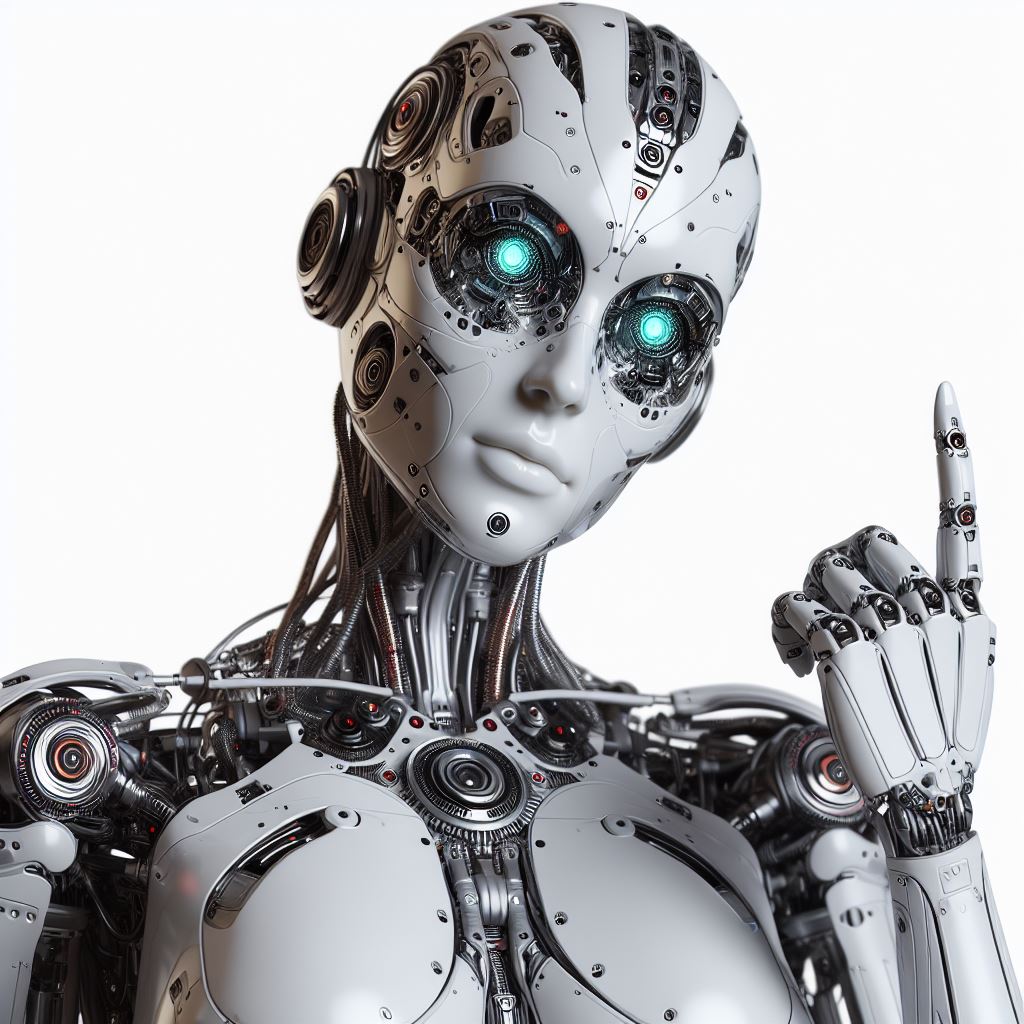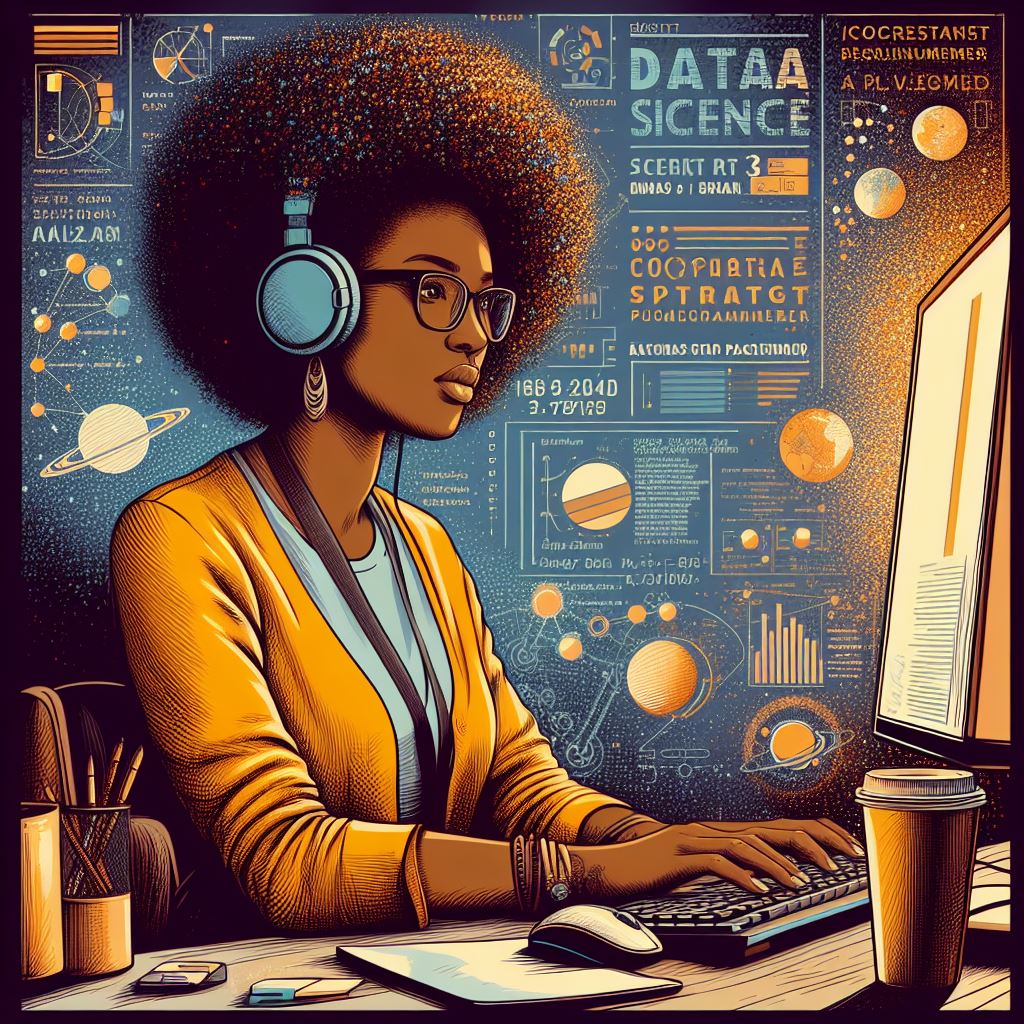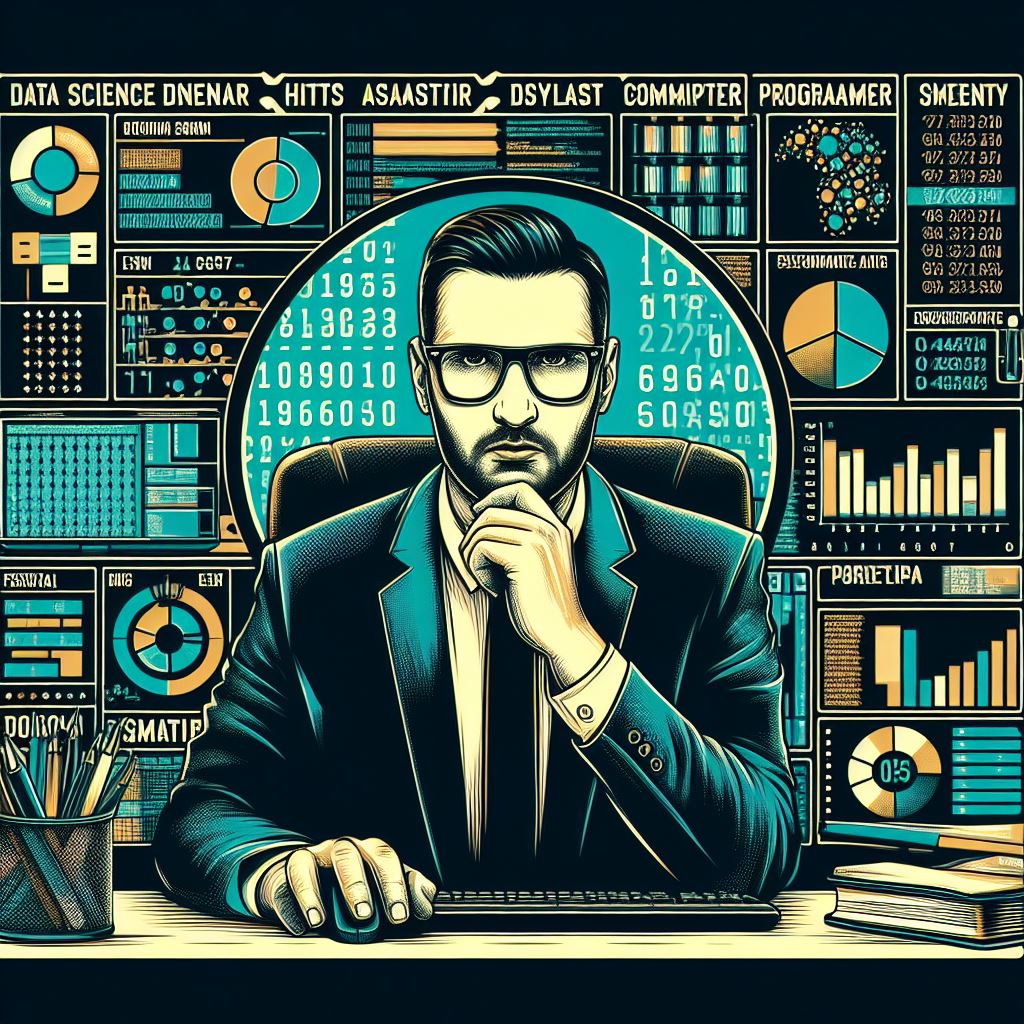In recent years, home automation has evolved dramatically, thanks to advancements in machine learning (ML) and artificial intelligence (AI). These technologies are revolutionizing how we interact with our living spaces, making homes smarter, more efficient, and tailored to the needs of their occupants. By integrating AI-powered devices into home automation systems, homeowners can enhance convenience, improve energy efficiency, and even create safer living environments.
Home automation systems, once limited to basic tasks such as controlling lighting and security, are now powered by sophisticated machine learning and AI technologies. These innovations enable devices to learn from user behavior, predict preferences, and adapt to changing conditions in real-time. For instance, AI-powered thermostats can learn a homeowner’s daily schedule and adjust the temperature accordingly, optimizing comfort while reducing energy consumption. Similarly, smart lighting systems use ML algorithms to detect motion and ambient light levels, automatically adjusting brightness based on occupancy and time of day.
One of the most significant advantages of AI in home automation is its ability to improve security. Smart security systems equipped with facial recognition and object detection algorithms can identify intruders, alert homeowners, and even take preventive actions, such as locking doors or activating cameras. This level of automation offers greater peace of mind, especially for those who want to monitor their property remotely.
Machine learning algorithms also play a crucial role in optimizing energy usage. AI-powered devices can learn about household energy consumption patterns and make adjustments to minimize waste. For example, smart appliances like refrigerators, washing machines, and ovens can be programmed to operate during off-peak hours, reducing energy costs and contributing to a more sustainable environment.
The integration of AI and ML in home automation is not just limited to efficiency and security. These technologies are also enhancing the way we interact with our homes. Voice-activated virtual assistants like Amazon Alexa, Google Assistant, and Apple Siri are powered by AI, allowing users to control various devices hands-free. Whether adjusting the temperature, playing music, or controlling home appliances, these assistants can handle a wide range of tasks based on natural language commands.
Furthermore, AI and ML can improve the overall user experience by learning from interactions. Over time, these devices become more attuned to individual preferences, providing a highly personalized experience. For example, a smart speaker can suggest music based on a user’s listening habits, or an AI-powered refrigerator can recommend recipes based on the ingredients it has available.
Despite all the benefits, integrating AI and ML into home automation systems requires careful consideration of privacy and security. As these devices collect and process large amounts of data, homeowners must ensure that proper security measures are in place to protect sensitive information. Encryption, secure cloud storage, and regular software updates are essential to prevent unauthorized access and ensure the safety of the devices.
In conclusion, home automation powered by machine learning and artificial intelligence is transforming the way we live. These smart technologies not only make our homes more convenient and energy-efficient but also improve security and personalization. As AI and ML continue to advance, we can expect even more innovative solutions that will further enhance the comfort and safety of our homes.
5



